What is Paid Media? Types, Working & Best Practices & Future
Do you know that companies boost client engagement by 200% using paid media? It definitely works well in marketing your brand.
If you are new to the world of paid media, you may need help with your brand’s marketing. Not knowing where to begin can hinder your outcomes and client engagement.
Don’t worry, we have your back. In our blog post, we guide you through various paid media options, their working, and best practices.
Seize this opportunity to revamp your marketing and excel in paid media.
Table of Contents
What Is Paid Media?
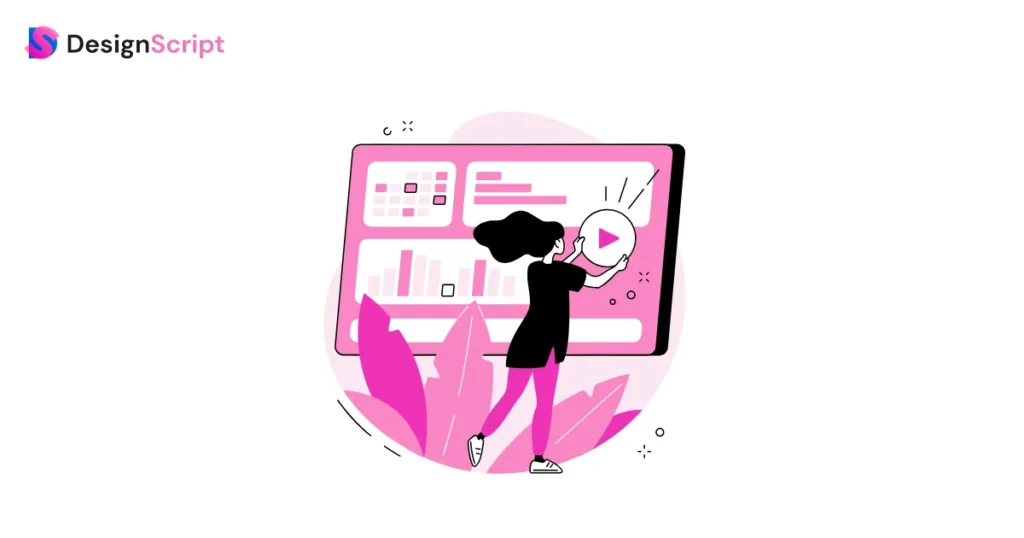
Paid media uses paid advertising channels and platforms to promote products, services, or content.
It involves paying a fee to platforms like search engines, social media networks, or other websites to display ads to a specific audience.
Paid media campaigns include pay-per-click (PPC) ads, display ads, social media ads, and sponsored content. The goal of paid media is to improve visibility, drive traffic, and generate leads for businesses or organizations.
Businesses set aside money for search engines and social media platforms and use display advertisements and sponsored content to reach a wider audience with their content and products.
This strategic approach is essential in the highly competitive digital market because it ensures targeted outreach and instant awareness.
Paid social media and other paid content formats expand a brand’s customer base and guarantee immediate recognition. Marketers know how significant this investment is to growing sales and bringing in new clients.
Businesses can maximize their expenditure by using precise targeting techniques and producing engaging content, significantly affecting their internet presence and market influence.
Using paid media effectively is more than just spending money; it’s a strategic move that produces noticeable outcomes and promotes consumer interaction and brand expansion.
Why Use Paid Media?
Paid media promotes efficient targeting of particular audiences. You may ensure that your content is viewed by those most likely to engage by investing in advertisements targeting the right people at the right time.
The thoughtful matching of content with customer interests significantly increases brand awareness. In contrast to other types of digital exposure, paid media uses a complex system of data-driven insights.
It ensures that every dollar spent yields valuable interactions by helping marketers define their target market regarding demographics, interests, online behavior, and more.
Additionally, paid media increases the possibility of conversions, converting potential leads into devoted consumers.
Comparing Earned, Owned, And Paid Media
Understanding the combination of Earned, Owned, and Paid Media is essential to know the complicated digital marketing web. Let’s take a look,
Earned media
The fundamental pillar, Earned Media, represents generating exposure through non-paid means. It’s the real buzz that spreads about your company due to happy customers, well-known figures, or accidental social media mentions. Being visible in this way conveys genuine excitement and confidence, which makes it invaluable.
Owned media
The second element, Owned Media, shows the online space that a business controls as its very own. These platforms are the brand’s exclusive domains and include carefully designed websites, blogs, attractive social media profiles, and user-friendly applications for mobile devices. Here, businesses have complete creative control and can build the client experience to match their vision.
Paid media
Paid media requires planned funding. Sponsored content on several platforms—such as social media, search engines, and third-party websites—helps brands increase targeted awareness. In this area, marketers pay for presenting placements to ensure that their content reaches particular consumers. This strategy expands reach, engagement, and brand recognition in the age of social media like a spotlight.
A robust digital presence depends on the interaction of these three elements. Owned media gives control, Paid media increases reach, and Earned media establishes confidence. By mastering this structure, businesses can better manage the digital environment and ensure their brand survives and thrives online.
How Does Paid Media Work?

Here’s how paid media works,
1. Choosing a Platform
In the vast digital landscape, selecting the right platforms is foundational. Use search engines like Google and Bing to cater to users seeking information or products.
Reach out to people who share your interests on Facebook, Instagram, Twitter, and LinkedIn. Engage with them and focus your efforts on their preferences. Enhance brand visibility and captivate potential customers through appealing ads on display networks. Advertise on popular platforms like YouTube, Hulu, and Spotify to reach many people while they watch videos or listen to music.
Also, don’t forget about using TV and radio ads, especially for local areas. This helps you reach a lot of people in the community.
2. Targeting
Targeting the right audience is key. Think about details like age, gender, education, income, and relationships for accuracy. Try to understand how people shop online, what devices they use, and what they like to watch or read. Focus on certain areas like cities for a local impact.
Create ads that match what people like, ensuring they are more interested. Also, create special groups based on website visits or app use, making ads for them.
3. Budgeting and Bidding
Managing budgets and bids is essential. Define daily, weekly, or monthly budgets to control ad spending and divide resources. Take part in contests where advertisers bid for ad spots. In addition, use keywords and specific audience groups for a strategic approach.
You can decide how you want to pay—either per click or other options—based on your goals and budget. Make sure your choice matches what you want to achieve.
4. Ad Creation
Crafting compelling ads is an art. Develop concise and impactful text ads that convey the brand message. Design appealing graphic ads, including banners and images, to capture users’ attention. Embrace the power of video ads to tell captivating stories that evoke emotions and simplify complex ideas. Create ads that people can interact with, like quizzes or games. This helps people engage with the brand in a fun way.
5. Launch & Monitor
The launch is the beginning. Start the advertising campaign across selected platforms, kicking off audience engagement. Use platform-specific tools to track user interactions in real-time. Test different ad versions using A/B testing. Test the messages, visuals, and calls to action to find the most effective elements. Make sure to use what works best.
6. Optimization
Analyze user reactions, buy frequency, and profitability. Change who you’re trying to reach, the content of your ads, or how you bid based on data to make your campaigns work better.
Watch your ads and change your strategies based on current data and market trends to make your campaign better.
7. Analysis
In-depth analysis drives strategic decisions. Check conversions, sign-ups, and downloads to measure user actions. Gauge the reach of your campaign by assessing impressions. Calculate how much money you’re making from your ads compared to how much you’re spending. Make sure your campaigns not only work but also earn a profit.
8. Retargeting
Segment users based on their interactions, from website visits to abandoned carts or video views. Create special ads for certain groups of people based on what they like and what motivates them. Use clear messages and good deals to make people do something, turning interested customers into loyal fans.
Types of Paid Pricing Models
Here are the types of paid pricing models,
1. Cost Per Click (CPC)
What is CPC?:
In digital advertising, Cost Per Click (CPC) means businesses pay each time someone clicks their ad.
Why CPC is Special:
CPC is performance-based. Companies only pay when potential customers click, providing real-time feedback. This quick and accurate method helps measure advertising impact instantly.
Bid Control:
Advertisers can choose bid amounts managing costs while maximizing click-through rates.
Importance of CPC:
In digital advertising, it’s not just about getting views; CPC focuses on turning attention into action.
2. Cost Per Mille (CPM)
What is CPM?:
Cost Per Mille (CPM) means clients pay for every thousand views of an ad, regardless of user interaction.
CPM in Action:
CPM counts total ad views, not just clicks or interactions. It’s about exposure to a broad audience.
Brand Visibility:
CPM boosts brand visibility, which is ideal for creating awareness without needing direct user engagement.
Benefits of CPM:
It’s perfect for large-scale advertising, helping businesses reach many potential buyers and make a lasting digital impact on customers.
Paid Media Strategy Best Practices
Here is an in-depth approach to dealing with the challenging environment of paid media to ensure that your campaigns attract attention and provide significant outcomes.
Here is an in-depth approach to dealing with the challenging environment of paid media to ensure that your campaigns attract attention and provide significant outcomes.
1. Invest in the Right Channel

Identify Active Platforms:
Find where your desired audience is most active. Is it LinkedIn, the business hub, or Instagram for visually appealing content?
Smart Resource Allocation:
Spend your resources wisely on platforms where your audience spends most of their time. This precision ensures your message reaches the right target, enhancing its impact.
2. Tailor Your Content

Tailor Content for Platforms:
Customize content for each platform. Instagram and Twitter users engage differently. Recognize these differences and adjust your message accordingly.
Boost Engagement:
This tailored approach deepens audience connection, creating a sense of relationship and enhancing engagement.
3. Have a Varied Media Mix
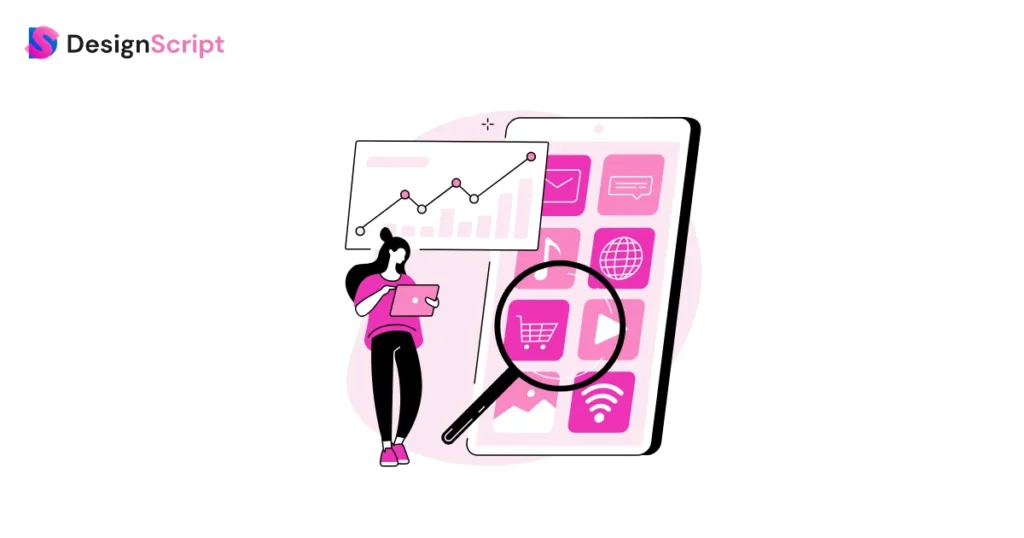
Utilize Multiple Media:
Use various platforms like social networks, search engines, banners, and outdoor ads.
Reach Diverse Audiences:
This mix helps reach more people, enhancing visibility across different groups.
4. Set a Budget
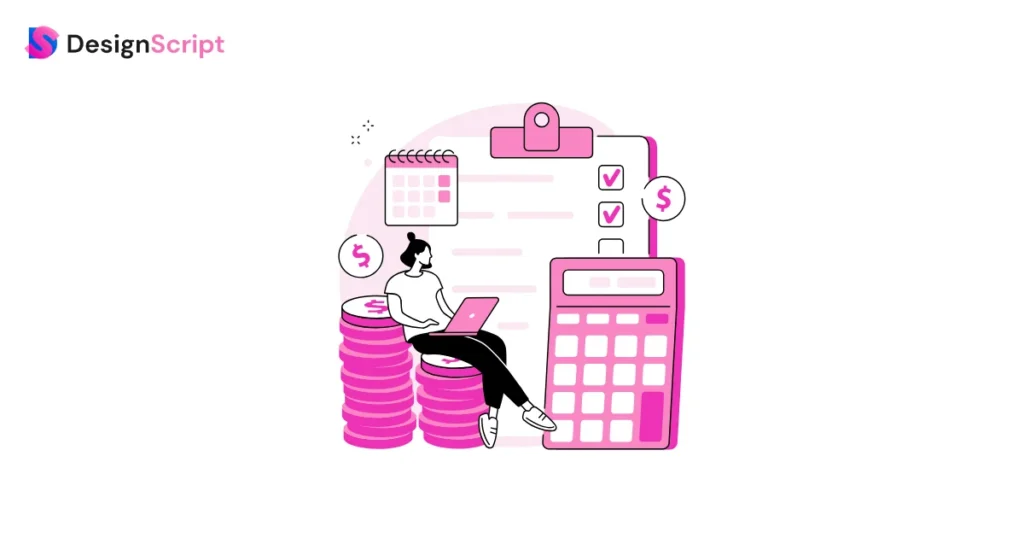
Plan Your Budget:
Start with a sensible budget aligned with your goals.
Monitor Your Spending:
Keep a close watch on how your money is performing.
Adapt to Results:
If your spending isn’t driving results, be ready to adjust. Flexible budgets allow you to optimize strategies based on current data, maximizing your investment.
5. Build Data-Driven Goals

Analyze Your Data:
Utilize advanced tools to track your campaign data.
Identify Patterns:
Look for trends and insights.
Adjust Your Strategy:
Modify your approach based on what works best. Tailoring your strategy to your audience’s preferences makes your efforts more successful.
These strategies serve as the foundations in the complicated web of digital marketing. Spend money sensibly, create carefully, expand your system, stick to limited funds, and let data analysis show you the way. Your campaigns will move with this broad plan and create an arrangement that connects sincerely, attracting conversions.
Types of Paid Media
To build a strong and efficient marketing plan in the wide world of digital advertising, you must understand the variety of potential channels. Here, examine numerous paid media sources, each with unique chances of interacting effectively with audiences.
1. Paid Social Media
Platforms like Facebook, Instagram, and Twitter offer targeted advertising.
Businesses can reach specific age groups and interests.
These campaigns use engaging content to build relationships with potential customers.
2. Search Engine Ads
These ads appear at the top of search results, targeting users actively searching for related services.
Investing in specific keywords, you reach interested audiences, increasing website traffic and potential purchases.
3. Banner Ads
Appearing on websites and apps, banner ads increase brand awareness.
They capture users’ interest and direct them to the advertiser’s page.
Carefully placed on relevant sites, they enhance online brand visibility.
4. Native Ads
Native ads blend seamlessly with platform content, providing a subtle approach.
They integrate naturally, promoting a comfortable user experience and higher engagement.
5. OOH and DOOH Advertising
Out-of-Home (OOH) ads use traditional signs in busy areas, while Digital Out-of-Home (DOOH) employs digital billboards.
These strategies reach people in physical locations, creating memorable experiences beyond digital screens.
A thorough knowledge of these paid media choices is essential for businesses to create campaigns that attract attention and motivate action in the constantly changing world of digital advertising. Businesses may successfully navigate the digital landscape by carefully using paid social media, search engine ads, banner ads, native ads, and OOH/DOOH advertising. This will ensure that their message reaches the right audience at the right moment and in the most engaging way possible.
Future of Paid Media
Artificial Intelligence (AI), Big Data, and immersive technologies are the future of paid advertising, suggesting a fundamental shift in how businesses interact with their audiences.
1. AI and Big Data
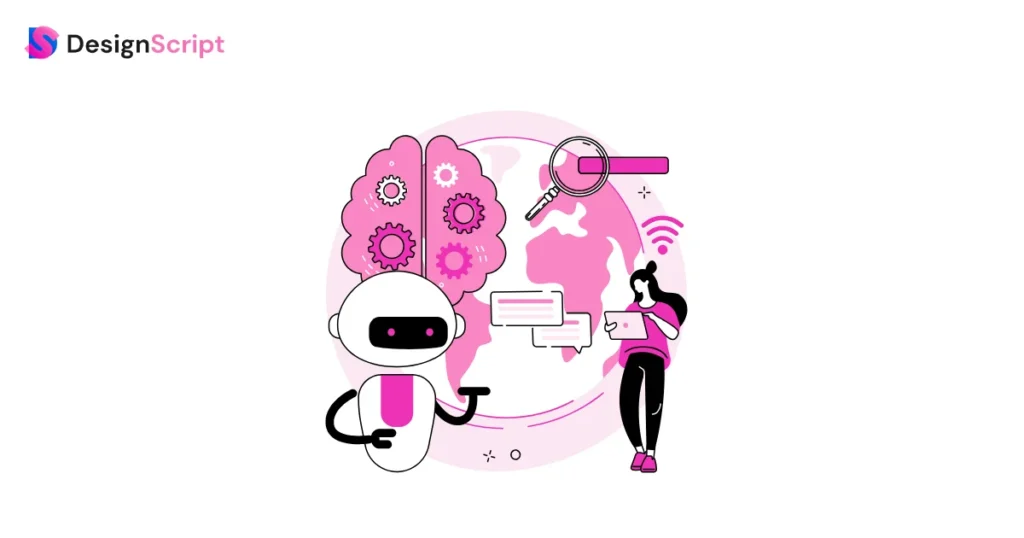
The advertising landscape is changing due to AI and Big Data working together. AI systems analyze massive databases, which reveal complex patterns and customer behavior.
With the help of this data-driven strategy, marketers may gain a detailed understanding of their target market, enabling the development of highly targeted and customized campaigns.
Artificial intelligence-enabled statistical analysis understands customer preferences, ensuring advertisements powerfully resonate with particular needs and interests.
2. Immersive Technologies
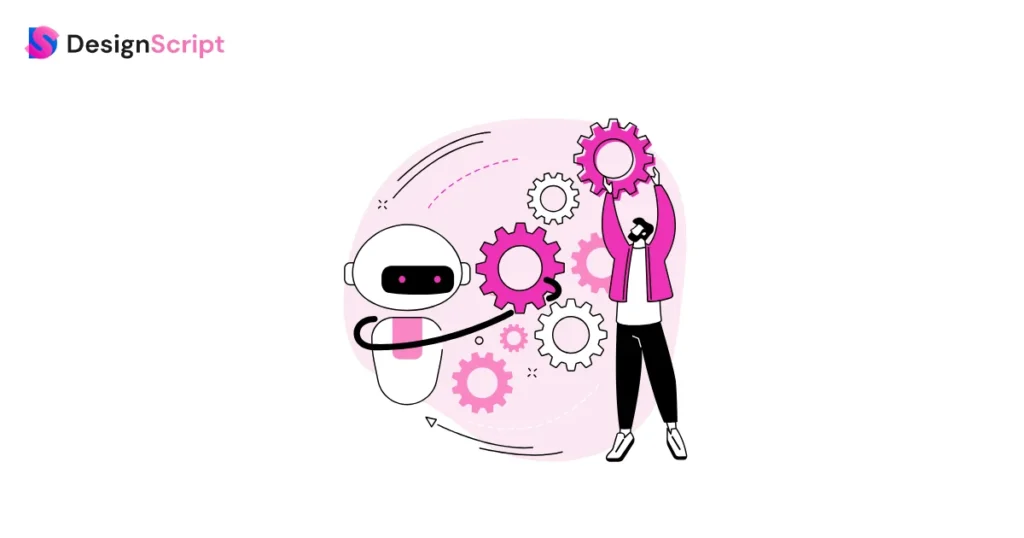
AR advertisements have the potential to change user engagement completely. AR advertisements provide engaging and individualized experiences by merging the digital and physical worlds.
Before making a purchase, consumers can view things in their surroundings, improving their decision-making process.
Virtual Reality (VR) and mixed reality are also included in immersive technologies, allowing brands to develop immersive narrative experiences and strengthen emotional ties with their audience.
3. Voice Search Optimization

Optimizing for voice search is essential, given the rise of voice-activated gadgets. In the age of virtual assistants and smart devices, voice search optimization ensures that brands are still accessible.
AI-driven voice recognition technology improves search queries, giving users accurate and specific results.
Marketers are changing tactics to correspond with conversational questions and rewriting content to fit the voice searches’ natural language patterns.
4. Personalized Advertising Experiences

Personalization is used in social media and email marketing channels to improve user experience and earn brand loyalty. Brands establish sincere customer connections by providing what they need and building long-term partnerships and trust.
The fusion of AI, Big Data, and immersive technologies in this highly developed technical environment brings a new era of sponsored media. Brands that use these innovations increase their visibility and give their audience relevant, unique, and memorable experiences. The future of sponsored media promises unmatched engagement as these technologies advance, revolutionizing how businesses and consumers engage in the digital environment.
Master Paid Advertising To Maximize The Potential Of Your Brand
Understanding the fundamentals of paid media is vital to marketing success in the quick-paced digital age. Essential techniques include investigating numerous internet platforms, customizing information to your audience’s tastes, and keeping up with recent developments. These methods pave the road to success and ensure survival in the competitive internet environment. Businesses can achieve significant growth by skillfully utilizing the power of paid advertising. Making a considerable effect online goes over just being present. Take advantage of this chance, use paid advertising carefully, and watch your company grow like never before. It’s the best tool for making an impression on the digital world.
FAQs
PR (Public Relations) is primarily earned media. It involves getting coverage in news outlets, blogs, and other platforms without directly paying for it. Instead of buying ad space, PR focuses on building relationships and crafting compelling stories to gain organic attention.
SEO is both owned and earned media. It involves optimizing your own content (owned) to rank higher in search engine results. When other sites link to yours due to its quality or relevance, that’s an earned aspect, influencing your site’s authority and rankings.
Social media encompasses both owned and earned media. Your brand’s profiles and the content you post are owned. However, when users share, comment on, or engage with your content, or when they mention or share content about your brand organically, that’s considered earned media.

